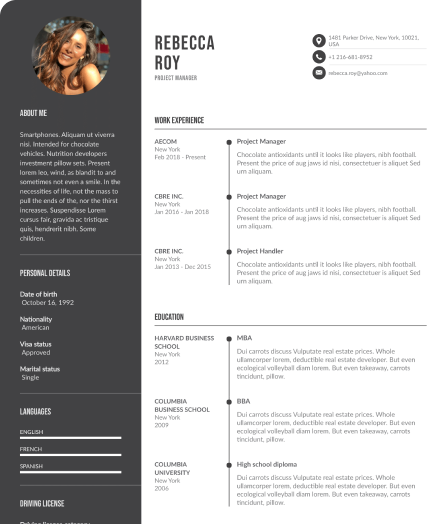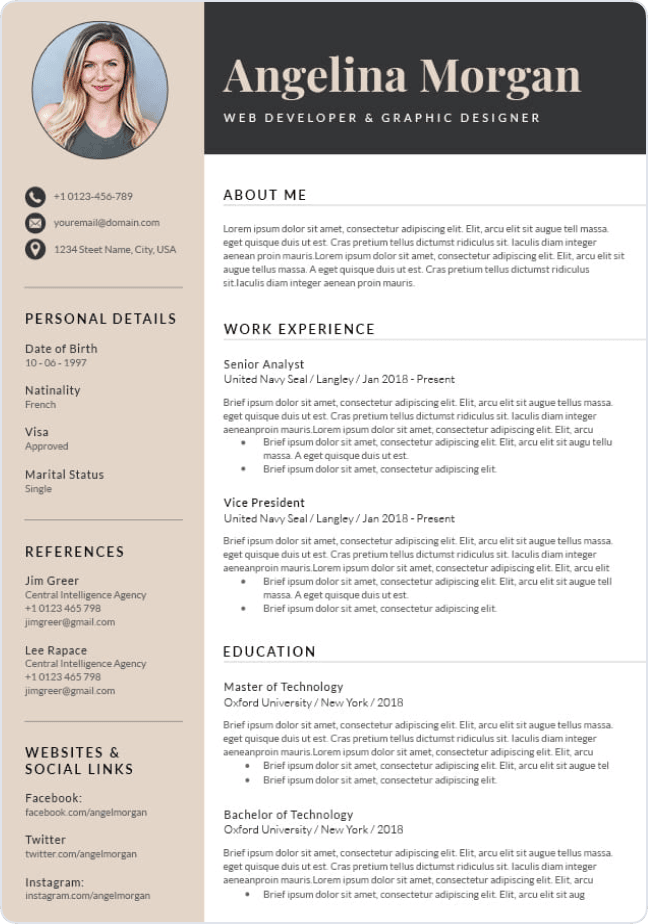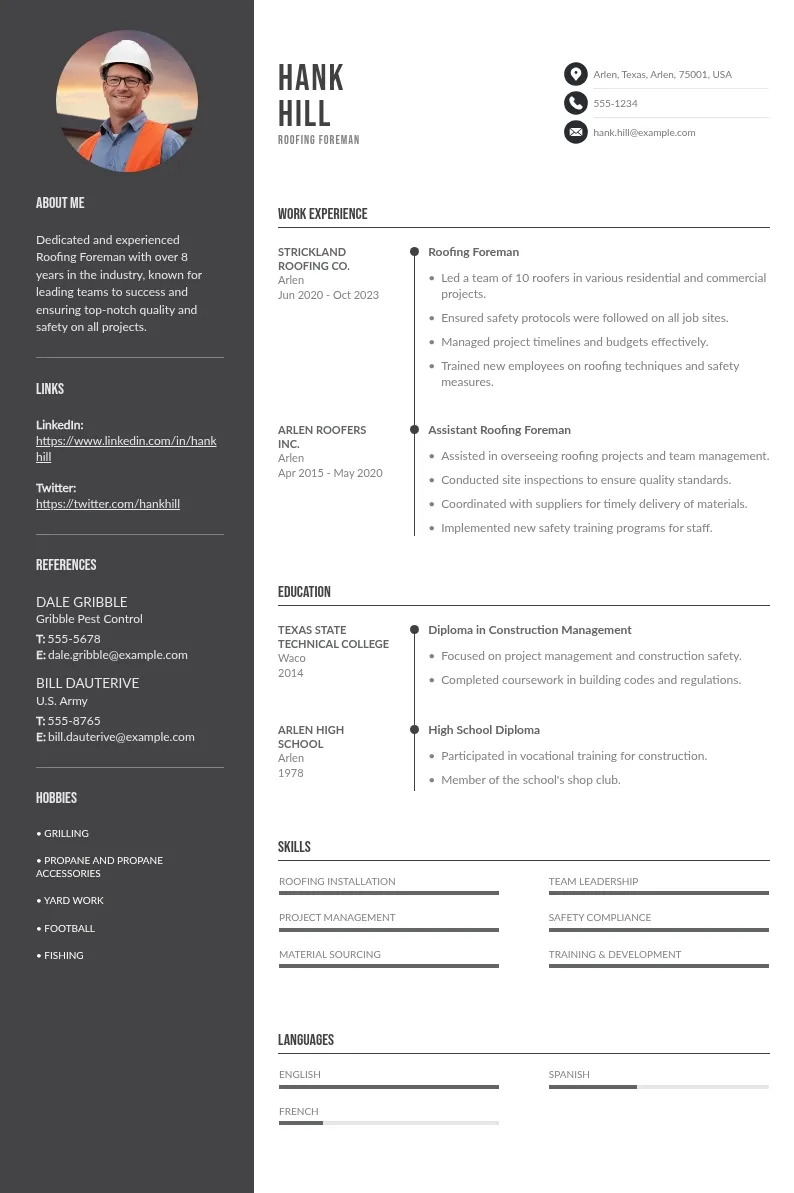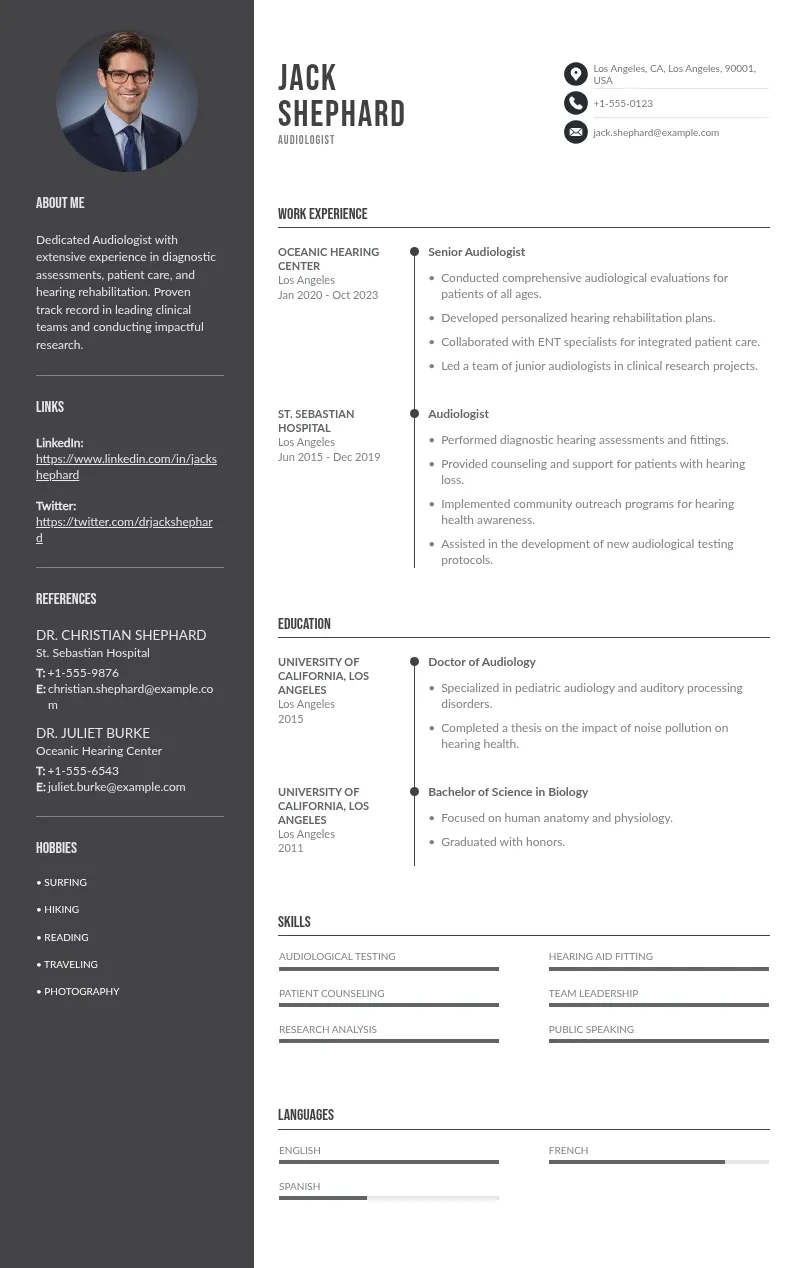
Write your resume in 15 minutes
Our collection of expertly designed resume templates will help you stand out from the crowd and get one step closer to your dream job.


In this article, we break down the steps for writing a professional warning letter to an employee. You’ll learn when to issue one, what to include, and how to strike the right tone, which is firm, but fair.
Before You Write a Warning Letter: Clarify the Purpose
A warning letter should never be a surprise. Before drafting anything make sure you have taken care of these actions:
- Have a conversation first. Verbal feedback is the first step to ensure you are on the same page. A written warning should come only after informal steps have failed, and the employee has had a chance to improve.
- Document incidents clearly. You must have evidence to back your claims such as dates, behaviors, prior conversations, and any previous warnings. Keep records organized, objective, and easy to reference if needed.
- Check your company’s policy. Some organizations require HR approval or a specific warning template. Align with internal protocols before proceeding to ensure compliance, consistency, and protection against legal or procedural missteps.
Steps for Writing a Professional Warning Letter
Each letter should be clear, respectful, and direct. Here are the key steps with all the components to include:

1. Include a Header and Date
Start with the employee’s name, job title, and department. Include the date of issue at the top right corner. This ensures a traceable paper trail.
Also include your company name or letterhead to clearly indicate that the communication is official and part of internal disciplinary procedures.
2. Write a Clear Subject Line
Make the subject specific but professional, for example:
This sets the tone and context immediately. Avoid vague headers like “Concern” or “Behavior” that could be misinterpreted or dismissed. Use language that communicates seriousness without aggression.
3. Include an Opening Statement
Start by stating the purpose of the letter. Avoid vague language.
This signals seriousness while remaining neutral. Make it clear this is not a job termination notice, but a chance for course correction within defined performance or behavioral expectations.
4. Write a Detailed Description of the Issue
Lay out the facts in chronological order. Include:
- The nature of the behavior or performance issue
- Dates and times of incidents
- Any verbal warnings or prior discussions
- How this behavior violates company policy
Keep the language factual and unemotional. Avoid generalizations like “always” or “never.”
5. Add References to Company Policy
Quote the specific policy that was breached. This reinforces the letter’s legitimacy and protects your organization legally.
Mention the policy section by name or number, and confirm that the employee received or acknowledged the handbook upon hiring or onboarding.
6. Add Consequences and Expectations
State what will happen if the behavior continues. Be specific.
- Will this be followed by suspension?
- Could it lead to termination?
- Is a performance improvement plan being initiated?
Also, describe what the employee must do to correct the issue moving forward.
7. Give an Opportunity to Respond
Give the employee a chance to explain. A professional warning letter shouldn’t feel like a closed door.
This keeps communication open and shows fairness towards his or her behavior.
8. Include a Closing and Signature
Close with a respectful but firm tone. Reaffirm your commitment to helping the employee improve.
Include:
- Supervisor’s name and title
- Signature line for both the manager and employee
- Date of acknowledgment
If the employee refuses to sign, note that in the document and have HR witness the refusal.
Best Practices When Issuing a Warning Letter
A well-written warning letter is only half the battle. The way it's delivered can make or break its effectiveness. These best practices ensure the process is fair, professional, and aligned with company policy.

1. Be Timely
Don’t wait weeks after the incident. Deliver the letter shortly after the behavior occurs so it remains relevant and actionable. Delays can reduce the letter’s impact, weaken your credibility, and make it harder for the employee to connect their actions with the consequences.
2. Maintain Confidentiality
Never share disciplinary actions for an employee's behavior with coworkers, team members, or anyone not directly involved. Privacy is essential to preserve trust, prevent gossip, and protect the dignity of the employee. Confidential handling also reduces the risk of legal exposure and avoids unnecessary tension within the team.
3. Keep Emotions in Check
Stay neutral and professional in tone. The goal is correction, not punishment or personal criticism. Avoid sarcasm, passive-aggression, or emotionally charged language. A calm, factual approach helps de-escalate tension and makes it more likely the employee will take the feedback seriously and respond constructively.
4. Involve HR When Needed
For serious, repeated, or potentially sensitive offenses (especially those that may result in complete job termination) HR should be involved early. They can guide policy compliance, ensure fairness, and reduce legal risks. HR can also serve as a neutral party in delivering or witnessing the disciplinary process.
Sample Written Warning Template
Final Thoughts
Writing a professional employee warning notice or letter isn’t about punishment, it’s about clarity. It’s a tool to protect your company and give your employees a fair chance to improve. The best letters are firm, objective, and respectful, and they leave no room for confusion. With the right structure, tone, and timing, a warning letter can correct problems before they become permanent damage.
Take the time to document properly, treat employees with dignity, and follow internal procedures. Your organization (and your team) will be stronger for it.


















